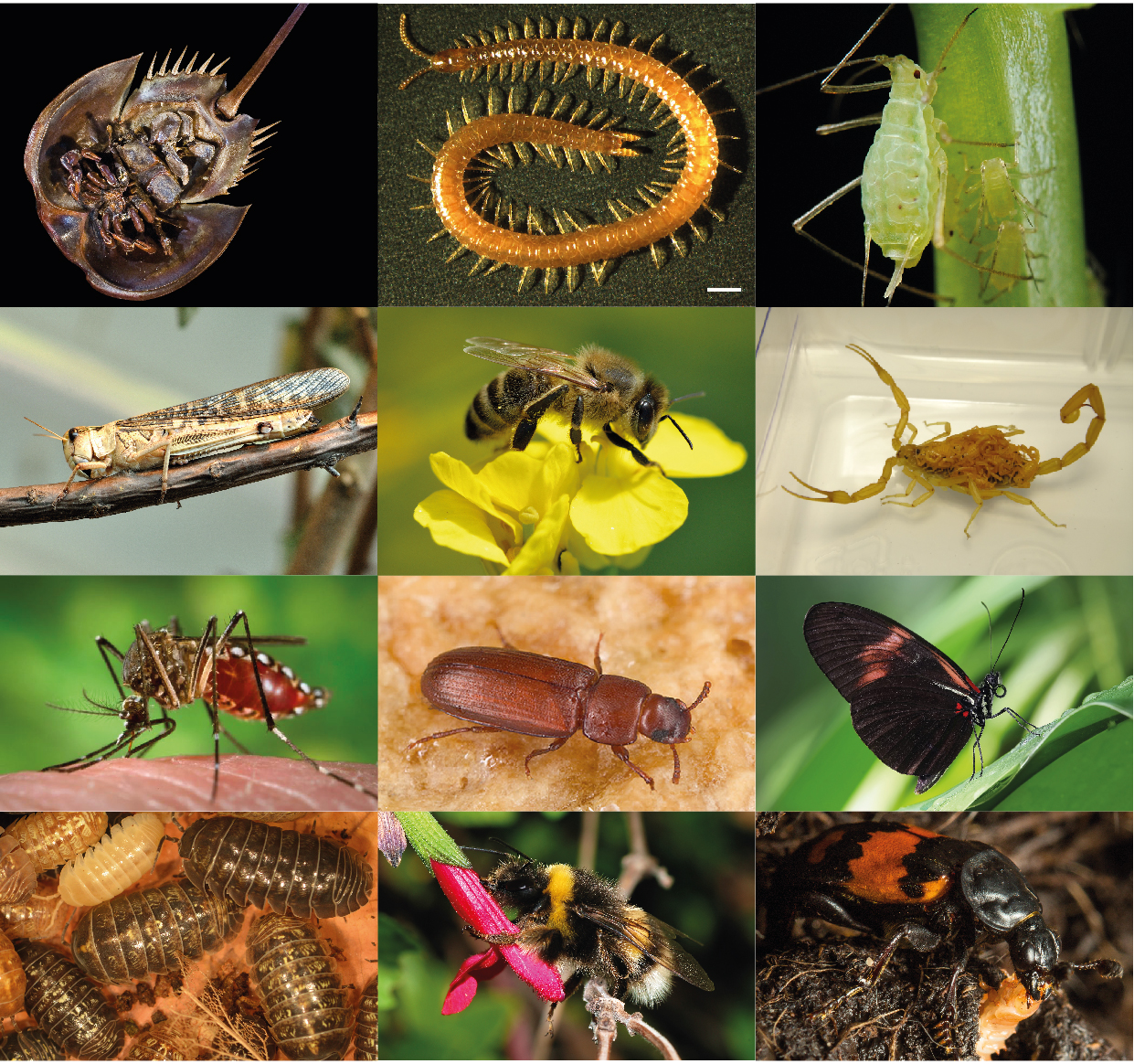
Arthropods
Arthropod, any member of the phylum Arthropoda, the largest phylum in the animal kingdom, which includes such familiar forms as lobsters, crabs, spiders, mites, insects, centipedes, and millipedes. About 84 percent of all known species of animals are members of this phylum.
Reference:
- Miller, A.S. and Harley, J.B., 1999 & 2002 . Zoology , 4th and 5th Edition (International), Singapore:McGraw Hill.
Course Material
- Invertebrates introduction; classification of organism; evolutionary relationship and tree diagram; pattern of organization
- Animal like protest: The protozoa, life within a single plasma membrane; evolutionary perspective, maintenance function, symbiotic relationship
- Protozoans taxonomy (phyla, sub phyla, super classes) locomotion, cilia and pellicle structures, reproduction; further phylogenetic consideration
- Multicellular and Tissue Levels of Organization
- Phylum Cnidarian (coelenterate) the body wall and nematocysts; alternation of generations; maintenance functions
- Phylum Ctenophora
- Triploblastic and Acoelomate Body Plan: Phylum Platyhelminthes
- Phylum Nemertea; Phylum Gastrotricha
- Pseudocoelomate Body Plan
- Phylum Rotifera and Phylum Nematoda; Phylum Kinorhyncha
- Mollusca Success
- Gastropods
- Annelida
- Regeneration, reproduction and development in different classes of annelids
- Arthropods
- Metamerism and tagmatization; the exoskeleton
- Chapters 16
- Department Chemistry
- Teacher
Irum Waheed


